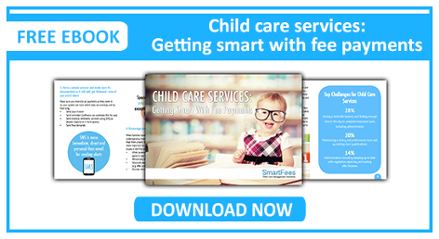All child care services in Australia are required by the National Quality Standard (NQS) to work towards continuous improvement. This is so kids can experience the best conditions in their early educational and developmental years. Continuous improvement should be, as the title suggest, ongoing. Even if your service has been assessed as exceeding, it’s always a good idea to regularly look back on your practices and processes to see what else can be improved just that little bit more.

In a recent article, Early Childhood Australia’s blog, The Spoke, examines what continuous improvement looks like in practice.
1. Professional Critical reflection is key to continuous improvement. Engaging in conversations with educators about the curriculum elements will support educators to enhance their practices and to think about the ‘why’ not just the ‘how’. Written critical reflections are required under the NQS element 1.2.3. The element explains reflection as having the intention of gathering information to gain insights that support, inform and enrich decision making about children’s learning. Educators are to examine what happens and reflect on what they might change or develop. It is not documented how regularly educators are required to reflect on their practices. You may find it works best for your team to do so weekly or fortnightly. The system that you have in place and the way it is understood and used is important and should be inclusive of all educators.
2. Meet with your team regularly. Use their reflections as a basis for your discussions and together set goals with each educator/room. As the Educational Leader it is your role to inspire and mentor each team member. Ensure that actions come from meetings rather than them just being space for discussion.
3. Develop a culture of professional enquiry by providing articles about relevant topics for your team. Talk about information that you have read, blogs you follow and where your team can find more information. Use your meetings as a time for reflection, learning and discussion- not housekeeping and directions. Room leaders and educators could take turns of presenting or sharing information with the team. Remember to allow for opportunity for discussion and sharing of ideas.
Remember that continuous improvement is not just based on the reflections of your early childhood educators. The children you look after also have a part to play as well as their families. For more effective continuous improvement it’s a good idea to have shorter more frequent sessions. Also, ensure that when you do meet as a team, the discussions result in actions that get recorded, followed up and completed. You can continue reading the full article 'What does continuous improvement look like in practice?' on The Spoke by clicking here.
If you found this article useful why not subscribe to our blog, SmartReads? We publish articles related to the Australian child care sector once a week. By subscribing to SmartReads, you’ll receive an email notification whenever a new article is up, it’s that easy!




